Exercise has a significant relationship with cortisol, the hormone often referred to as the "stress hormone." When engaging in intense or prolonged physical activity, cortisol levels typically increase as part of the body's acute response to stress. This surge helps mobilise energy stores to meet the demands of exercise.
However, consistent moderate exercise over time can help regulate and lower baseline cortisol levels, particularly with practices like yoga, tai chi, and moderate aerobic activities that promote relaxation. Conversely, excessive or high-intensity training without adequate recovery can lead to chronically elevated cortisol levels, which may negatively impact health by impairing immune function, disrupting sleep, and increasing anxiety.
As with many things in life, it’s important to find the proper balance. Let’s help you find yours!
Understanding Cortisol and Its Role in Stress Response
Cortisol plays a crucial role in our body functioning, particularly linked to our response to stress. As a glucocorticoid hormone released from the adrenal cortex, cortisol serves as an essential energy-mobilising agent. It helps in triggering the release of glucose from its storage sites, fuelling our bodies to respond effectively to stressful conditions.
Our body's response to stress can be broken down into an immediate and a long-term phase. At the forefront, your body engages in an instinctive 'fight or flight' reaction, mediated chiefly by the sympathomedullary pathway (SAM-P). This pathway releases catecholamines that spur your body into immediate action. The cortisol level at this point skyrockets as your body readies itself to confront the stressor.
However, the role of cortisol extends beyond this immediate physiological response. It is also part of a longer, transient hormonal cascade instigated by the hypothalamic-pituitary-adrenal axis (HPA axis). The activation of the HPA axis sustains your alertness, enabling you to handle physically or psychologically demanding events for an extended duration. The cortisol secretion during this period aids in keeping your body's energy level up.
On a fundamental level, therefore, cortisol serves the purpose of preparing and maintaining your body's reaction to stress. But cortisol levels need to be in check to prevent undue physiological load. An excess of prolonged peripheral cortisol can indeed harm various physiological systems and, ultimately, cause disease. Therein lies the importance of the HPA axis's negative-feedback circuit. Increased circulating glucocorticoids themselves act upon receptors placed higher up the HPA pathway, essentially turning off subsequent cortisol response. The magnitude of this negative feedback aligns directly with the cortisol output from the initial HPA response.
How Cortisol Responds to Stress
When we are stressed, our bodies activate the hypothalamic-pituitary-adrenal (HPA) axis, culminating in the secretion of cortisol, a noteworthy player in the stress response system. This physiological response works as a survival mechanism, preparing the body to manage an unexpected or challenging scenario.
Upon circulating into the bloodstream, cortisol mobilises energy by taking the stored glucose from its reserves. This in turn enhances alertness, allowing us to respond more effectively to demanding situations, be they physical or psychological. We can say that the accuracy of cortisol stress response is highly critical for our bodies to manage stressors effectively.
Allowing high cortisol levels to persist over prolonged periods can potentially harm our physiological systems. The HPA axis, from where the cortisol response to stress emanates, employs a negative feedback circuit. This circuit is orchestrated such that the increase in circulating glucocorticoids—or cortisol—shuts off subsequent neuroendocrine responses. In this way, our bodies strive to maintain equilibrium, ensuring that the initial HPA-axis response does not overburden the system.
This knowledge introduces us to cortisol reactivity—the degree of initial cortisol output in response to stress. This output is followed by the cortisol trajectory, which signifies how the cortisol dissipates over the recovery period. Both elements together broadly define cortisol stress response.
So, for a balanced life and healthy mind, it’s essential to understand these cortisol dynamics and maintain a healthy balance through lifestyle changes and supplements.
The Effect of Exercise on Cortisol Levels
Exercise, in its various forms, has been shown to have a profound impact on our physiological responses, particularly in relation to cortisol, a hormone closely linked with stress. Whether it's a high-intensity workout or a moderate-intensity session, the effect of exercise intensity on our cortisol levels and subsequent stress response is significant.
How Different Intensities of Exercise Impact Cortisol Levels
Engaging in physical activity regularly can considerably influence our cortisol levels, the hormone most commonly associated with stress. While the relation between exercise and stress is complex, certain patterns begin to emerge when we observe the impact of different intensities of exercise on cortisol levels.
High-intensity exercise appears to dampen the HPA-axis stress response, which controls cortisol release more successfully than moderate or light activities. Essentially, the harder and more vigorously you work out, the more your physiological reaction to stress is reduced.
That doesn't trivialise the efforts made by those opting for moderate intensity tasks. Even this level of involvement can reduce the HPA reactivity significantly if compared to light or negligible activity. So, even a brisk walk can do wonders against your body's stress response mechanism.
On the other end of the spectrum, light intensity exercises show the least effect in altering cortisol levels. However, any physical activity is better than none for maintaining balanced cortisol levels and combating stress.
The underlying mechanism seems to be the amount of cortisol released during exercise. Higher intensities lead to greater cortisol secretion, which surprisingly, suppresses the cortisol response to a subsequent stress task. It's like a balancing act; the cortisol released during the exercise session helps put a check on the cortisol response to later stressors. Thus, an intense session of exercise could very well be preparing your body to better handle stress that crops up later in the day.
The key takeaway? Integrate more physical activity into your schedule, ideally with a mix of moderate and vigorous intensity tasks. Not only can a single bout of exercise influence how your body responds to psychosocial stressors, but regular sessions may also result in habituation, essentially getting your body used to stress and reducing its negative physiological impact.
The Role of Exercise Duration on Cortisol Response
How much exercise impacts your cortisol levels? An experimental approach was utilised to ascertain the impact of a "single bout" of exercise on the hypothalamic-pituitary-adrenal axis (HPA) in response to a psychological stressor subsequently induced.
The research was underpinned by the understanding that exercise constitutes a physical stressor that incites the HPA axis activation, especially at intensities exceeding 60% VO2-peak. Furthermore, the sequence of reactions induced by exercise might indeed suppress HPA axis activity via a negative feedback loop, hence buffering the reaction to a subsequent stressor.
One particular study warranted attention as it involved participants who exercised at varying intensities, i.e., light, moderate, and vigorous intensity. Their results were then compared to a cohort that did not engage in any exercise. Findings indicated the cortisol response was indeed dependent on the intensity of the exercise performed.
Consistent with the hypothesis, a higher exercise intensity and consequently a greater cortisol release during the exercise bout seem to suppress the cortisol response to a subsequent stress task. Thus, it appears that the intensity of a single bout of exercise is a more crucial factor than exercise duration itself in relation to cortisol response and subsequent stress reduction.
Of course, factors such as personal physical fitness levels, mental health status, and stress thresholds can greatly influence the cortisol response. Adopting bespoke exercise regimens that account for individual variables might present the soundest approach to managing the cortisol response to stressors effectively.
Exercise as a Coping Mechanism for Psychosocial Stressors
Physical activities, particularly aerobic exercises, serve as an effective mechanism for managing psychosocial stressors. They engage our biological faculties in a way that can dampen the severity of the stress response. This intrinsic connection between exercise and stress levels is backed by scientific findings. When we face a stressful event or a psychosocial stressor, the intensity of our reaction partly hinges on our physiological state, defined by factors such as fitness level and overall physical vitality.
Research has shown that the more active and fit we are, the less we are likely to perceive stress. This dampened response is essential for our mental and physical wellbeing, helping us better navigate through subsequent stressful situations. For instance, a healthy individual who incorporates regular exercise in his/her routine is likely to mount a reduced cortisol response against a psychological stressor compared to someone whose physical activity level is minimal.
The Impact of Chronic Stress and Exercise on Cortisol Levels
Chronic stress consistently presents a challenge to our physiological system and plays a significant role in our health. To put it into context, the body's reaction to stress is similar to an emergency alarm. The hypothalamic-pituitary-adrenal axis or HPA axis becomes ignited and, in turn, releases cortisol, a hormone, into our bloodstream.
With acute psychosocial stressors or momentary phases of extreme mental tension, an increase in cortisol levels is primarily for our benefit. This release in response to a stressor prepares us for the 'fight or flight' response, mobilising our energy resources effectively. However, the story differs with chronic stress.
When stress is persistent, as in the case of chronic stress, the consistent surge of cortisol is rather detrimental to our physiological health. Over time, prolonged high levels of cortisol can alter the functioning of numerous physiological systems and may even cause disease. As a result, research has earmarked the need to devise effective methods to alleviate chronic stress and the associated cortisol release.
Physical activity can reduce the rate of increase and overall cortisol response In both active and unfit adults. Exercise not only benefits our physical health but also our emotional and cognitive well-being, entities that are negatively impacted by chronic stress over time.
While chronic stress triggers a constant stream of cortisol release, wreaking havoc on our physiological systems, regular exercise can help alleviate the cortisol response linked with chronic stress.
Combining Exercise and Adaptogens
If you aren’t getting the desired stress relief results from exercise alone, it’s time to consider a supplement.
Equilibrium is a cutting-edge dietary supplement meticulously formulated to support men’s health by balancing stress levels and promoting overall well-being. Infused with powerful adaptogenic ingredients such as Ashwagandha KSM-66 and L-Theanine, Equilibrium is designed to help manage cortisol levels while enhancing relaxation and mental clarity.
When combined with a consistent exercise regimen, the benefits of Equilibrium become even more pronounced, creating a powerful synergy that enhances both physical performance and mental well-being. Exercise is well-known for its physical benefits, including improved cardiovascular health, increased strength, and enhanced flexibility. However, it also plays a crucial role in mental health by releasing endorphins, which can elevate mood and reduce feelings of anxiety and depression. During exercise, cortisol levels typically rise; this response is part of the body's natural mechanism to mobilise energy for physical exertion. While this is beneficial in moderation, excessive cortisol production can lead to negative effects such as fatigue, muscle breakdown, and increased stress. This is where the Equilibrium supplement comes into play.
By incorporating Equilibrium into your routine, you can help manage the cortisol spikes associated with high-intensity workouts. The Ashwagandha in Equilibrium is well-known for its adaptogenic properties, which help the body adapt to stress and maintain hormonal balance. Studies have shown that Ashwagandha can significantly reduce cortisol levels, thus counteracting the potential adverse effects of prolonged physical stress. Meanwhile, L-Theanine promotes relaxation without drowsiness, enhancing your focus during workouts and improving recovery afterwards.
Combining exercise with Equilibrium can also enhance performance. Regular physical activity often requires energy, stamina, and mental clarity. The unique blend of ingredients in Equilibrium not only aids in stress management but also supports cognitive function. This can lead to improved concentration and motivation during workouts, allowing you to push through those tough sessions with greater ease. Whether you’re hitting the gym, going for a run, or participating in a group fitness class, feeling mentally and physically prepared can make a substantial difference in your performance.
Incorporating Equilibrium into your post-exercise routine can also significantly aid recovery. After an intense workout, your body needs to replenish and recover, and cortisol levels can remain elevated if you don’t take steps to manage them. The calming properties of the supplement can help facilitate a smoother transition into recovery mode, reducing muscle soreness and promoting better sleep quality. Quality sleep is vital for muscle repair and overall health, and by lowering cortisol levels, Equilibrium can help improve your sleep patterns.
In conclusion, combining the Equilibrium supplement with regular exercise offers a holistic approach to health and fitness. By managing stress and cortisol levels, Equilibrium not only enhances the benefits of physical activity but also supports overall mental well-being. Whether you are a seasoned athlete or just starting your fitness journey, this powerful combination can help you achieve your goals more effectively, paving the way for a balanced and fulfilling lifestyle.
The Comprehensive Impact of Exercise on Cortisol and Stress Management
The intensity of physical activity plays a significant role in managing cortisol levels and stress responses. A single bout of exercise, particularly of moderate or vigorous intensity, can effectively reduce the physiological response to a subsequent psychosocial stressor.
This highlights the importance of incorporating regular exercise into our daily routines, not just for physical health, but also for better stress management.
Ready to elevate your fitness journey? Combine the power of Equilibrium with your workout routine for enhanced performance, stress management, and recovery. Our unique blend of adaptogenic ingredients, including L-Theanine and Ashwagandha, helps balance cortisol levels while supporting your body’s natural response to stress. Don’t just work out—work out smarter!
Join the countless others who have transformed their health and well-being. Order your Equilibrium supplement today and experience the difference for yourself. Whether you're an athlete, a busy professional, or just looking to improve your overall wellness, Equilibrium is designed for you.

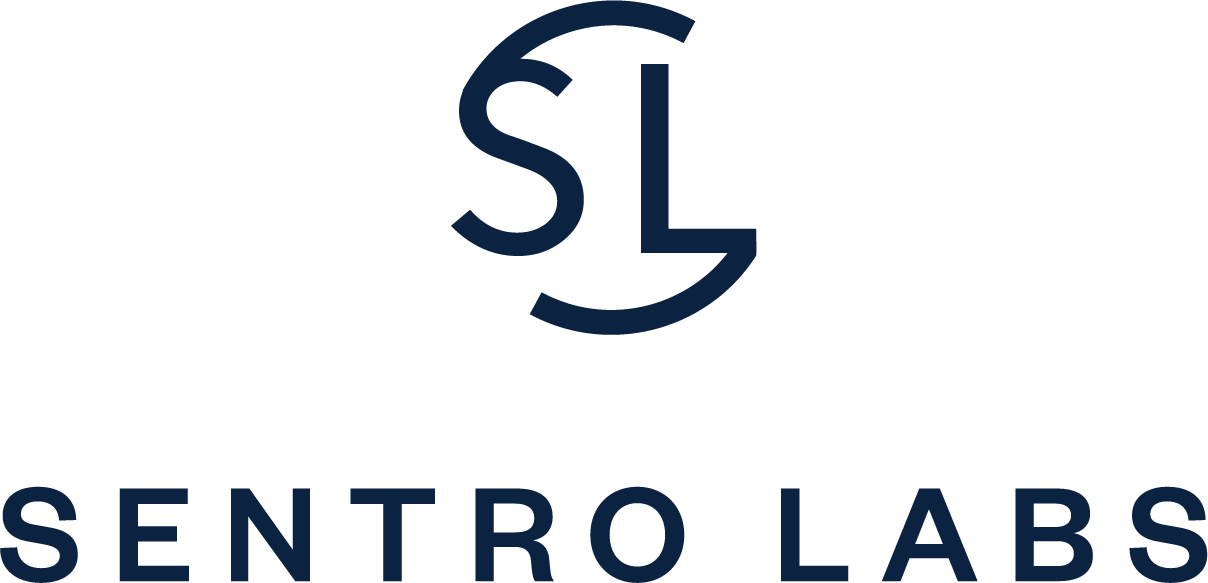






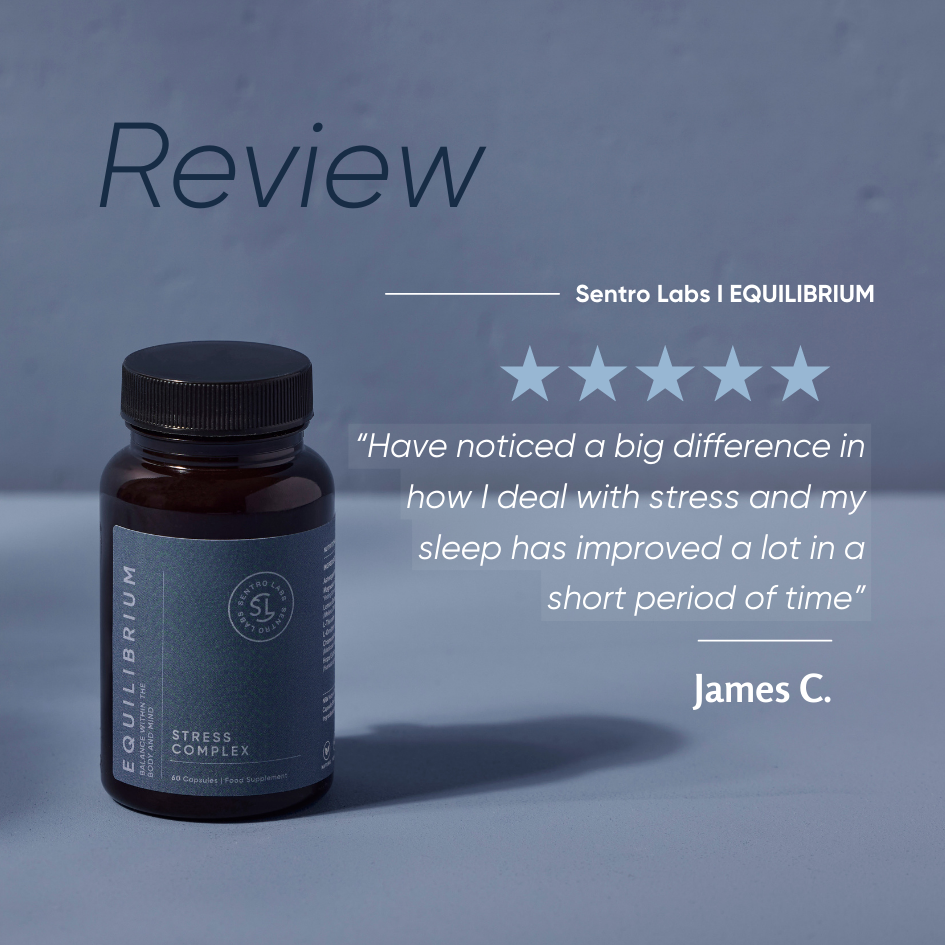
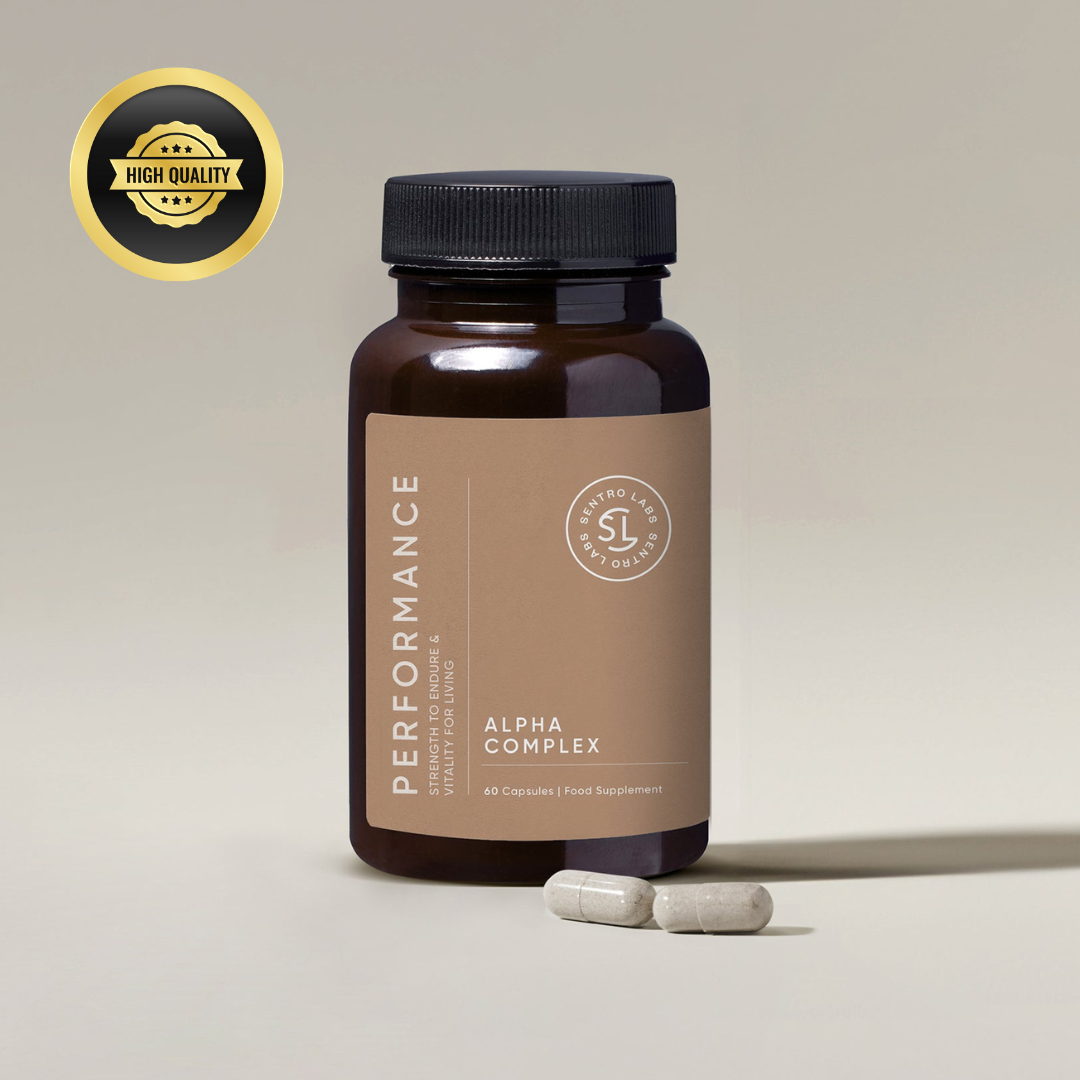
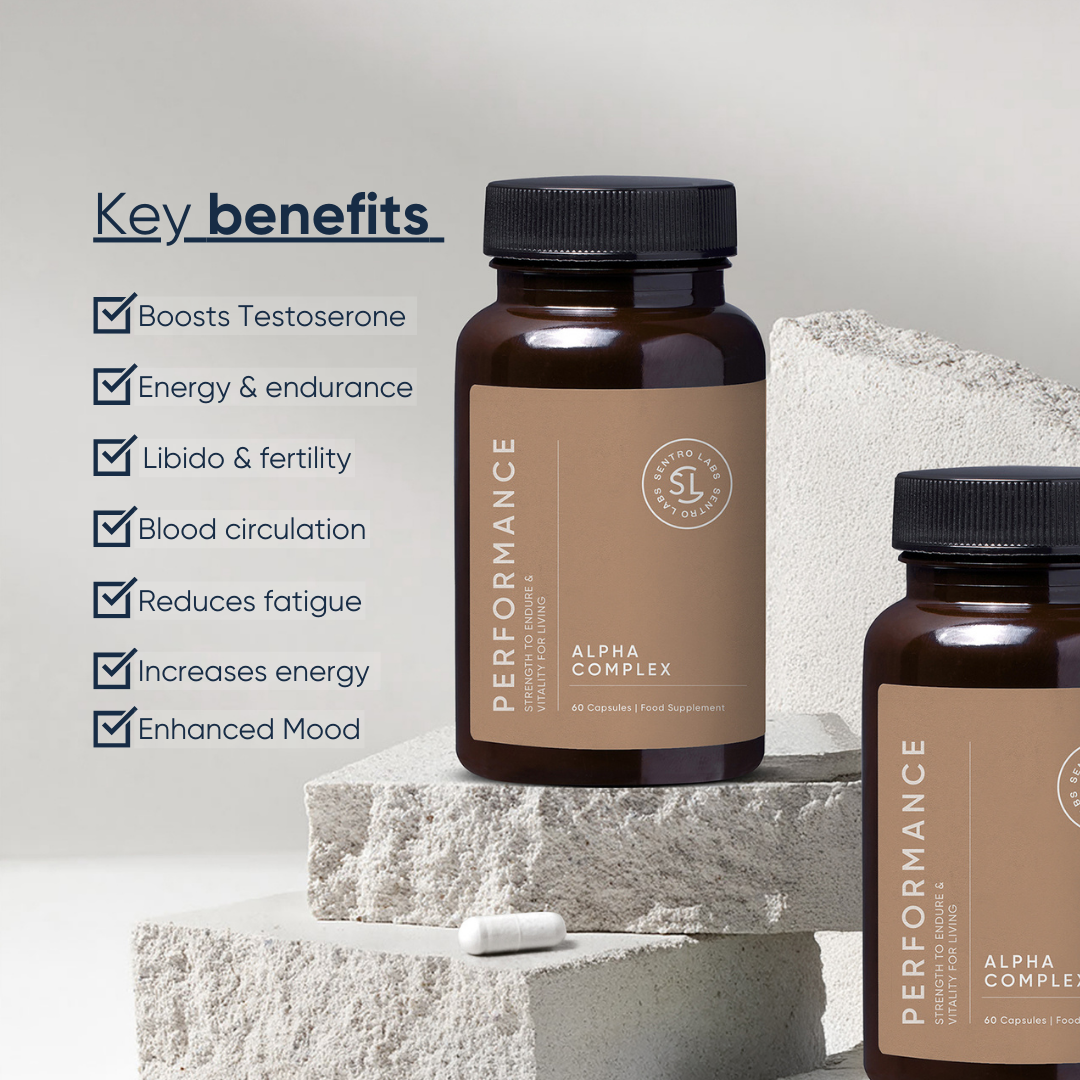
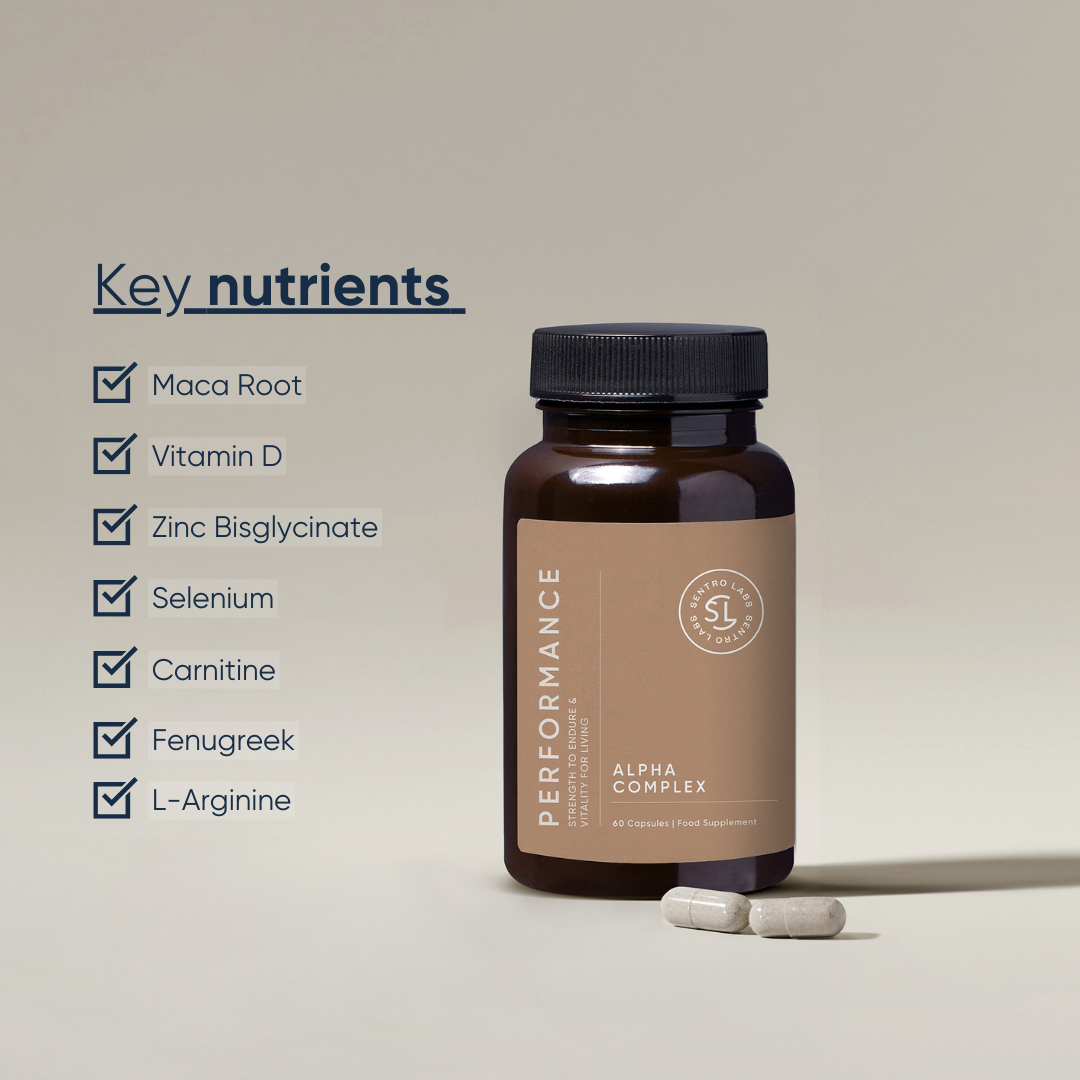
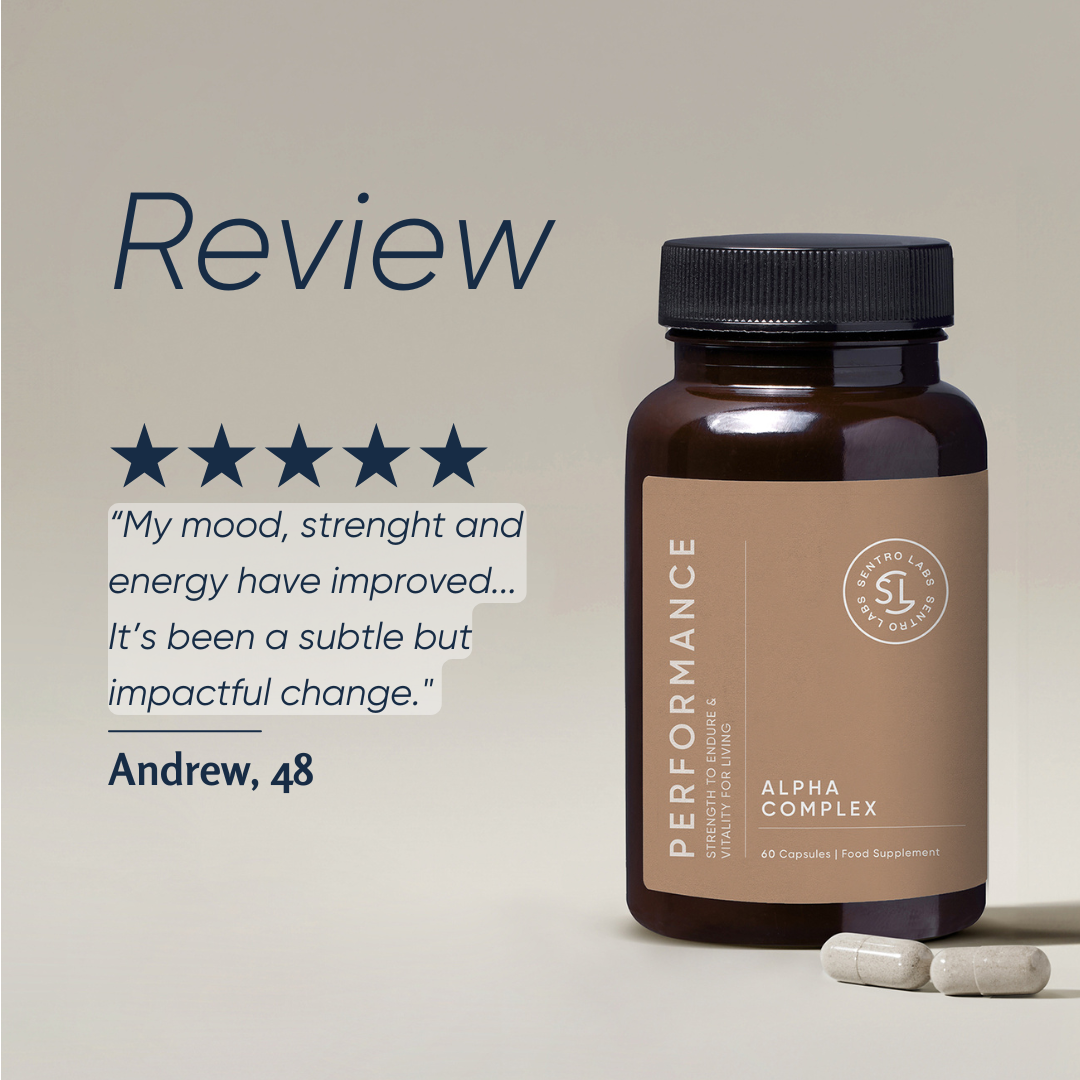
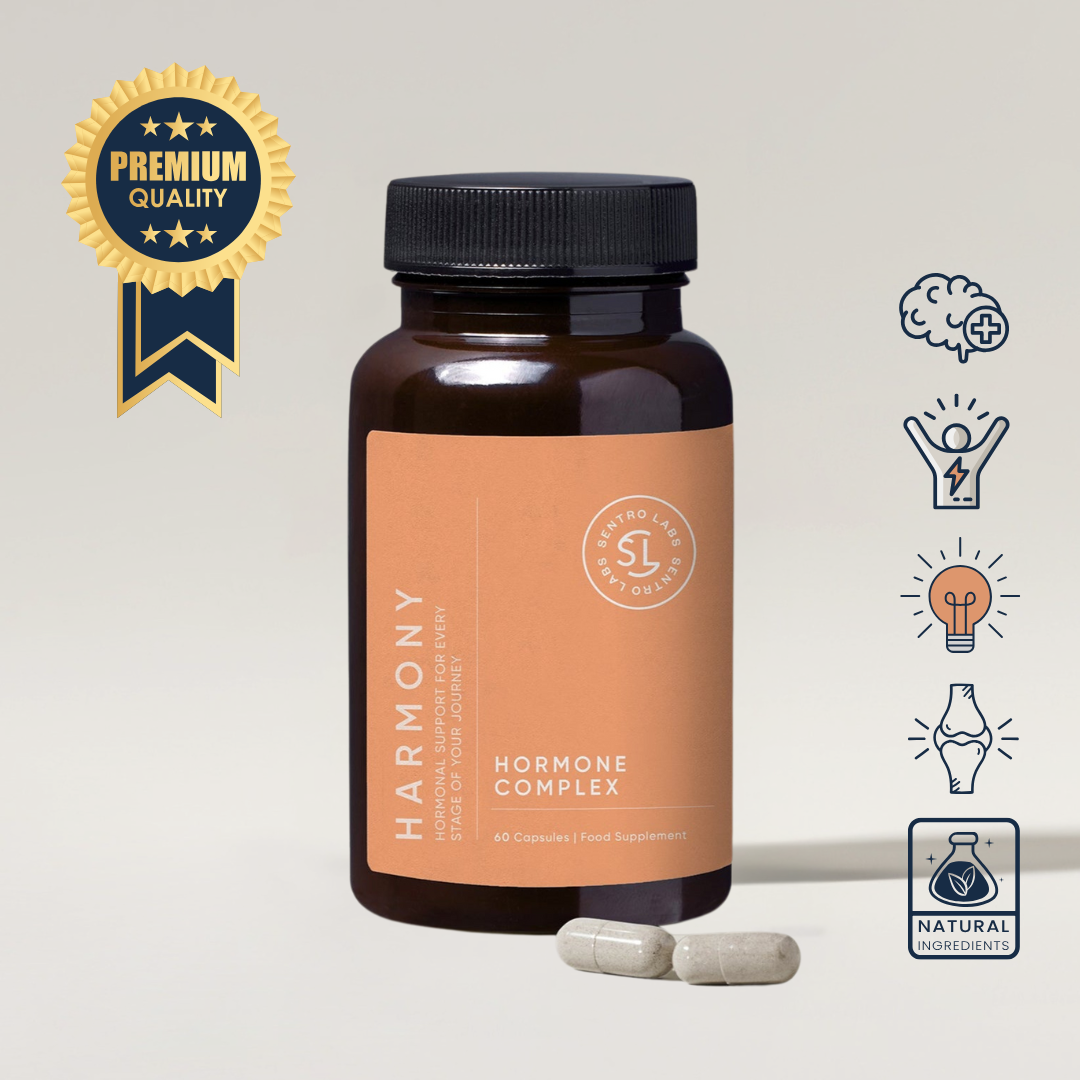
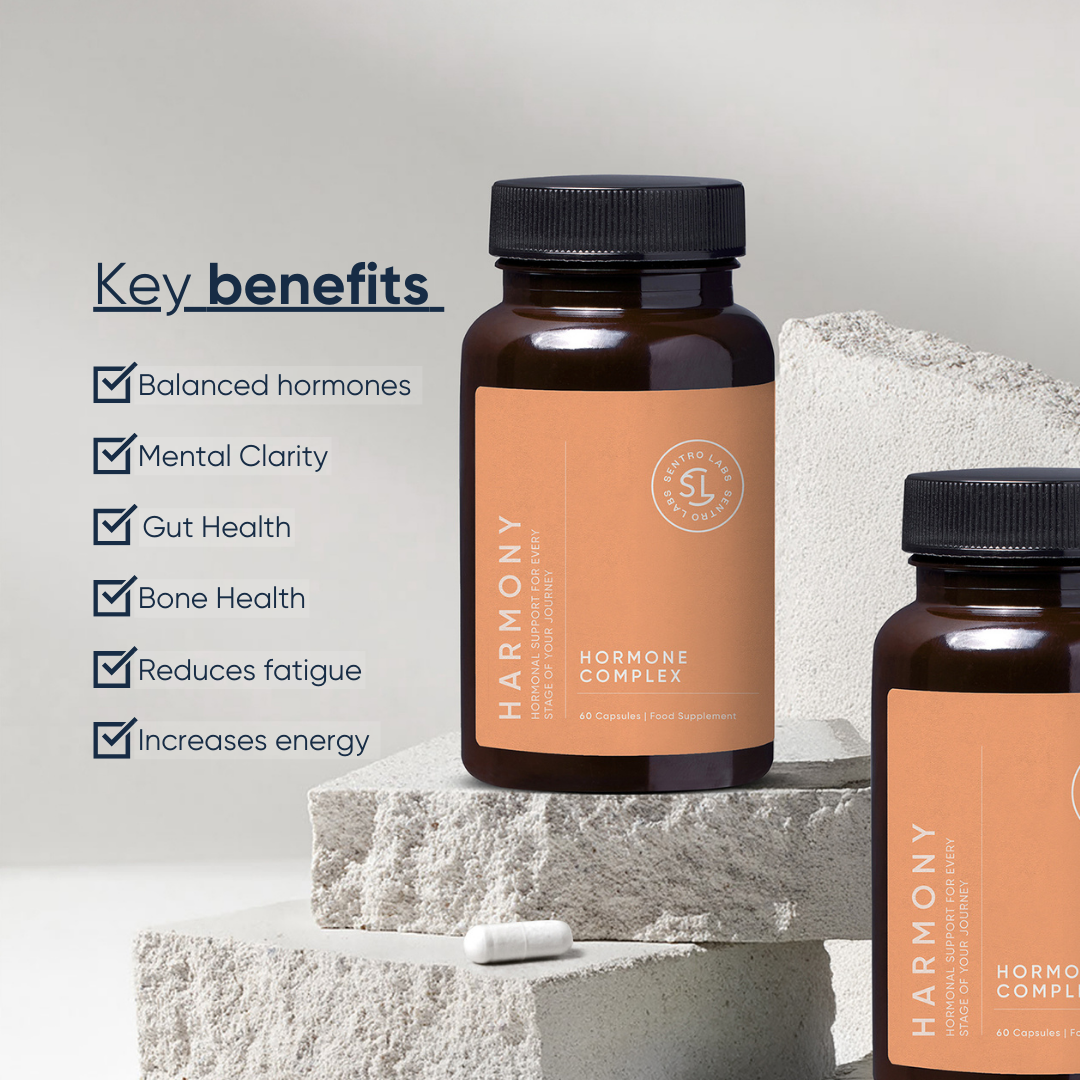
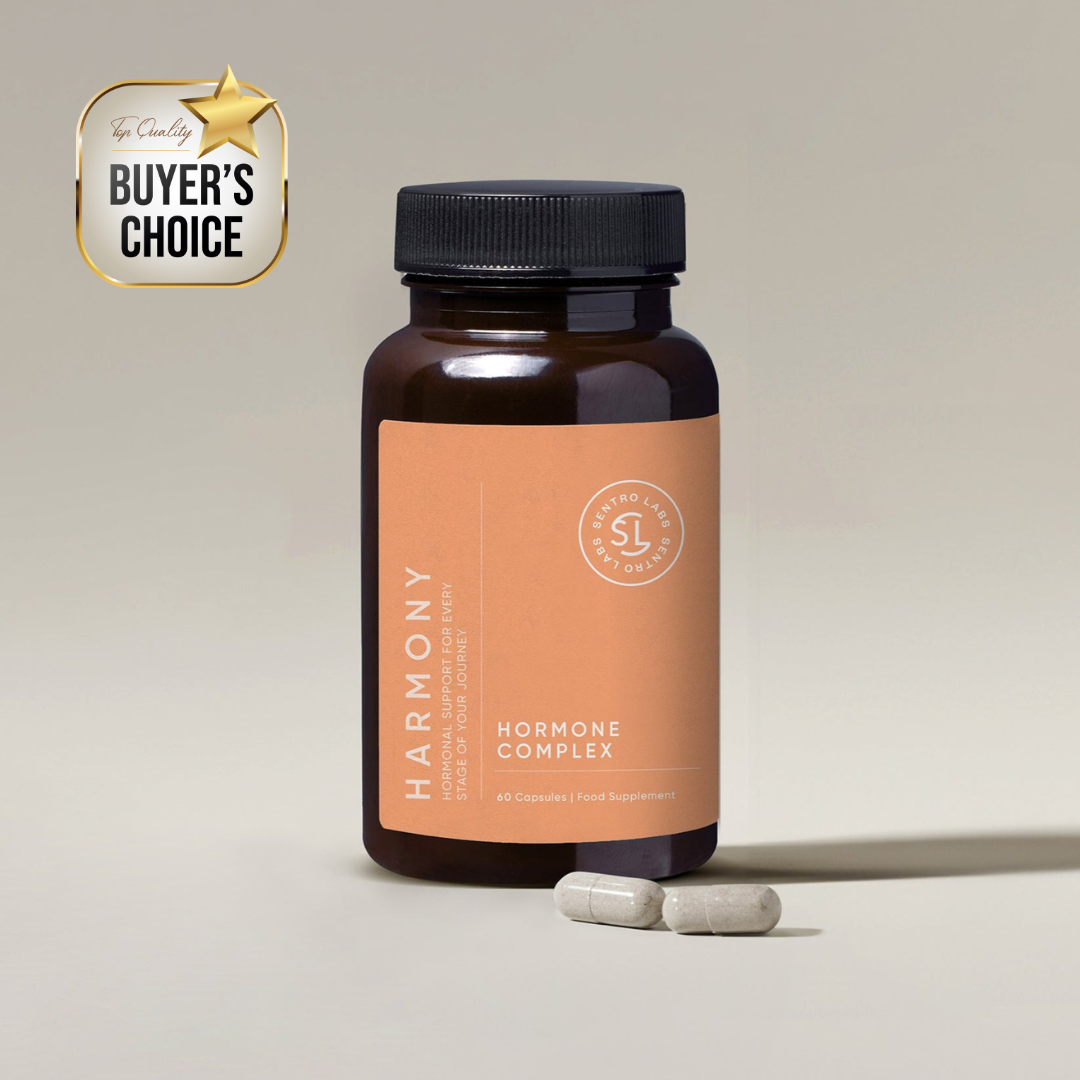

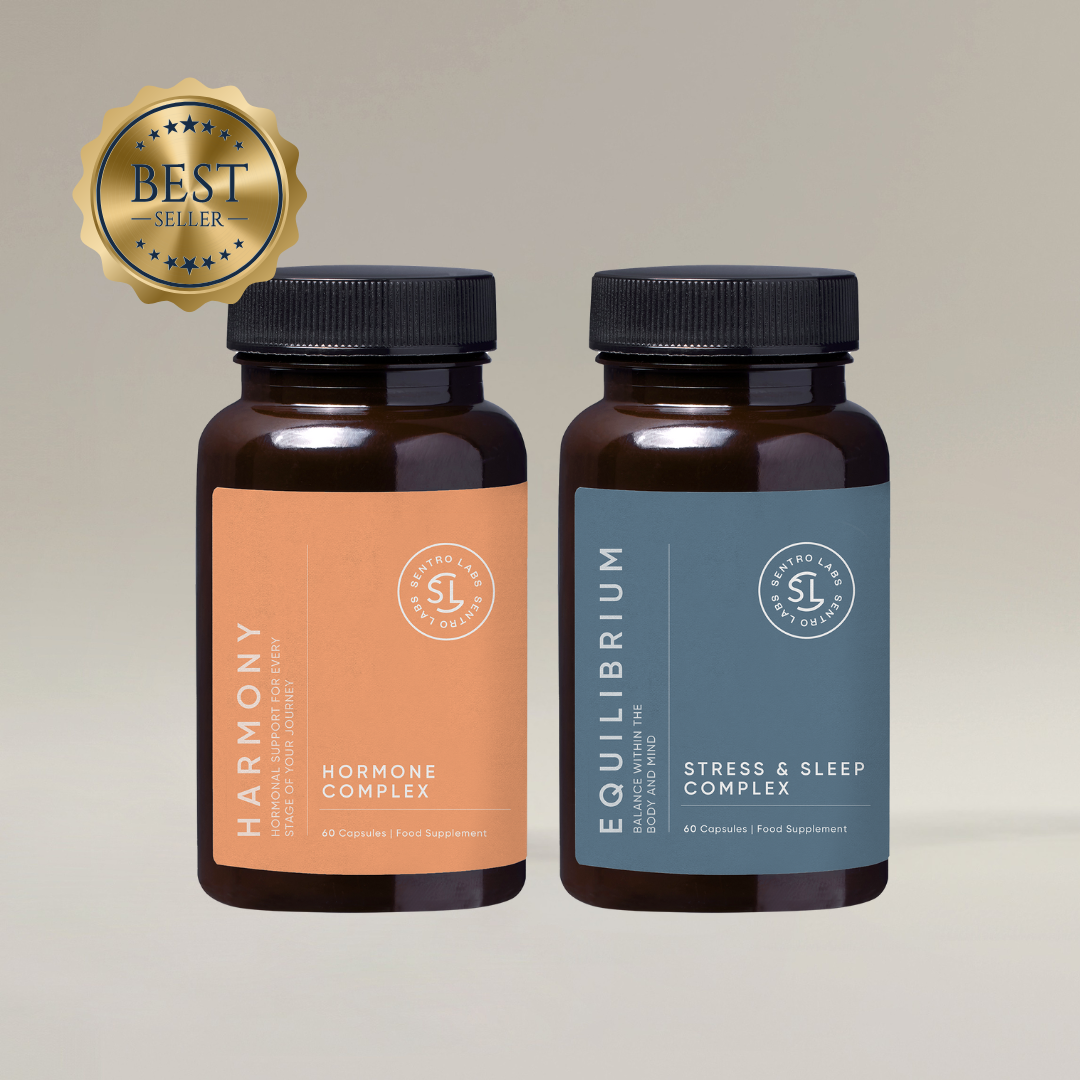
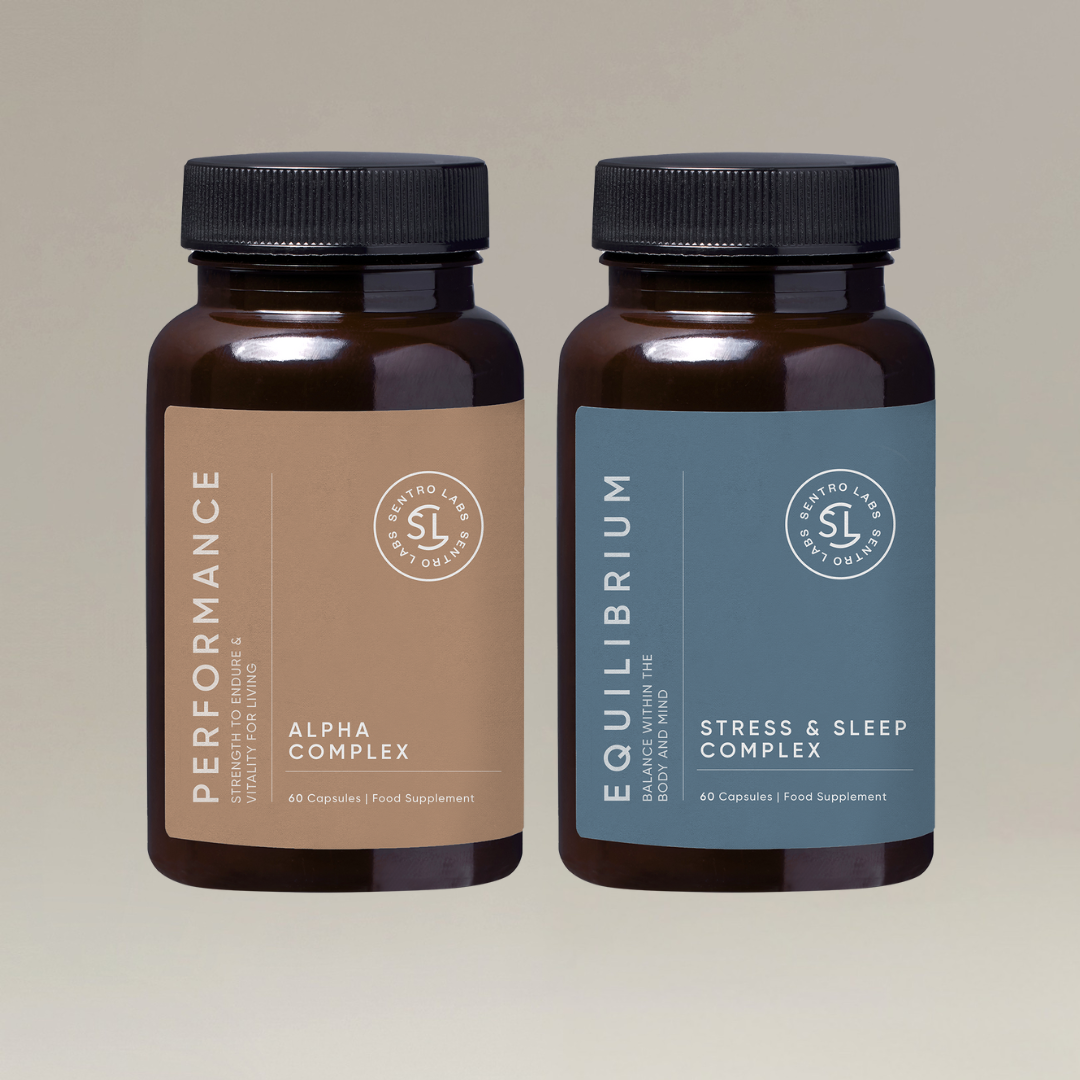
Share:
The Comprehensive Guide on How to Raise Your Cortisol Levels
Does Your Body Release More Cortisol In the Morning?